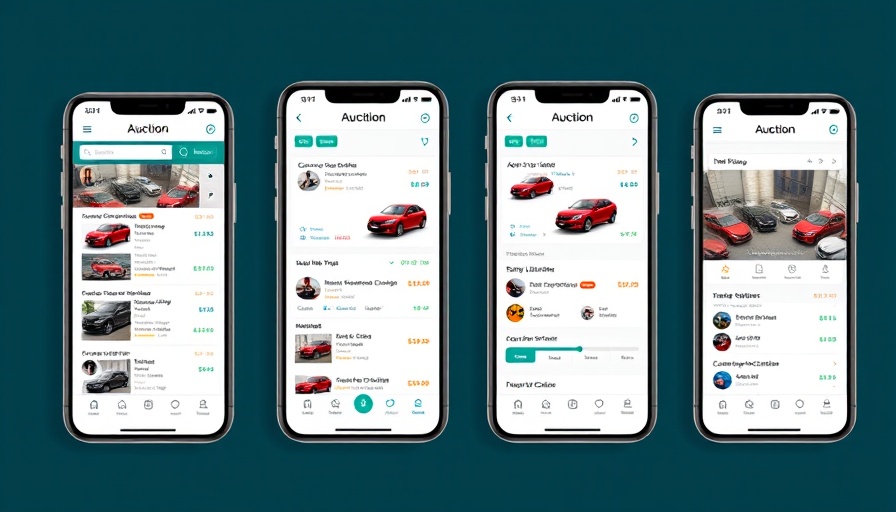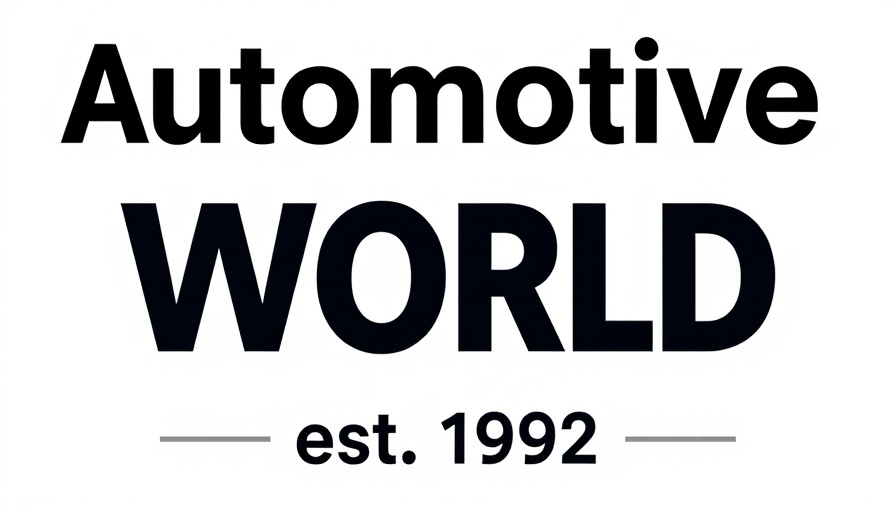
Auto Loan Rates Show Signs of Easing: What It Means for Dealerships
As the Federal Reserve begins to implement cuts to interest rates, the auto loan landscape is experiencing a gradual easing of rates, now averaging just below 7.8% nationally. For dealership principals and general managers, understanding these fluctuations is crucial for making informed financing decisions and enhancing customer relationships.
Understanding the Impact of Rate Cuts
The Fed’s decision to cut interest rates is primarily aimed at stimulating the economy by making borrowing more affordable. This shift can potentially increase consumer spending, an important consideration for dealerships. Customers who may have hesitated due to high financing costs are now finding it easier to approach dealerships. It’s vital for dealerships to capitalize on this moment by revisiting their financing strategies and marketing plans.
The Bigger Picture: Economic Trends
This decline in auto loan rates is not just an isolated event. It ties into broader economic trends that affect consumer behavior. As consumers feel more confident about their financial situation, they are more likely to purchase new vehicles. Dealerships that align their sales strategies with these economic indicators will be better positioned to capitalize on increased demand.
Potential Effects on Inventory Management
With rising consumer confidence and easing auto loan rates, dealerships might consider adjusting their inventory strategies. More customers may look to buy vehicles, which could lead to increased sales but also necessitate careful management of supply chains. Keeping a diverse range of vehicles available—from sedans to SUVs—can attract a wider audience looking for affordable financing options.
Strategies for Leveraging Lower Financing Rates
To effectively leverage the current drop in auto loan rates, dealerships can adopt several strategies:
- Promote financing options: Highlight favorable loan terms in marketing materials to attract price-sensitive buyers.
- Engage in targeted outreach: Use past customer data to reach out to individuals who may be ready to trade in their vehicles for new ones.
- Partner with financial institutions: Strengthen relationships with banks and credit unions to offer competitive financing solutions.
The Importance of Customer Education
Educating customers about auto loan rates and financing options can help them make more informed purchasing decisions. Dealerships should aim to create a transparent environment where customers feel comfortable discussing their financing needs. This commitment to customer service can help build long-term loyalty, leading to repeat business.
Conclusion: Positioning for Future Success
As auto loan rates continue to decline, dealerships stand at a crossroads filled with opportunity. By understanding the underlying economic dynamics, adjusting inventory strategies, and engaging customers effectively, dealerships can set themselves up for success in a competitive market. The current climate offers the chance for growth—those who adapt quickly will be the ones to thrive.
 Add Row
Add Row  Add
Add 




Write A Comment